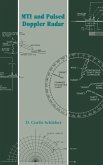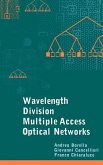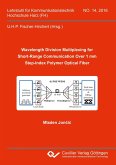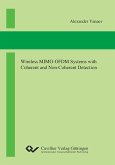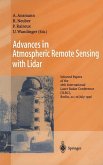This work relates to the remote sensing technologies to determine wind velocity and its related phenomena. Laser-based pulsed systems with heterodyne detection allow a very sensitive measurement of particles' velocity in the atmosphere. The heterodyne detection theory and the essential principles and properties of this technology are presented. An all-fiber coherent Doppler lidar system in master-oscillator power-amplifier design with a novel multi-wavelength channel configuration was developed and introduced, characterized, and validated in this work. The fiber amplifier is a crucial component of multi-channel all-fiber systems and is therefore discussed with special emphasis on non-linear effects and pulse distortions. A novel feedback controlled pulse-shaping unit was developed to control pulse energy and the shape of the amplified pulses of each channel. Each and every wavelength-channel creates an independent speckle pattern, which is demonstrated by hard targets with diffuse character and atmospheric single-shot measurements, and compared with theoretical results. Utilizing four channels, the precision of the measured wind velocity can be improved and this feature is demonstrated with measured atmospheric return signals. A correlation technique is presented, which enables the enhancement of the SNR at higher backscattered powers by utilizing multiple channels. The multi-wavelength system was designed to work with four wavelength-channels, which also allow measurements along the same line-of-sight with different channel configurations. These channels can be different in pulse shape, pulse length, and pulse repetition frequency. In this work, the resulting benefits of using multiple channels are shown with atmospheric measurements and scientific discussion of these is presented.

